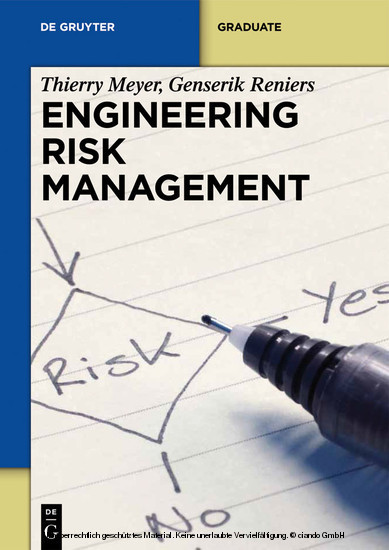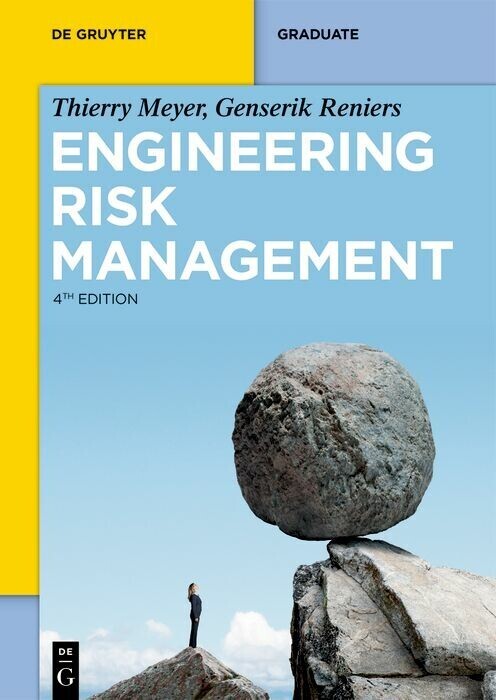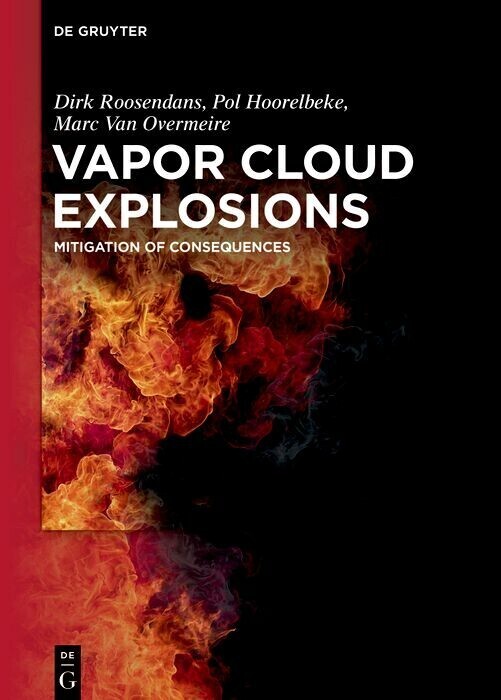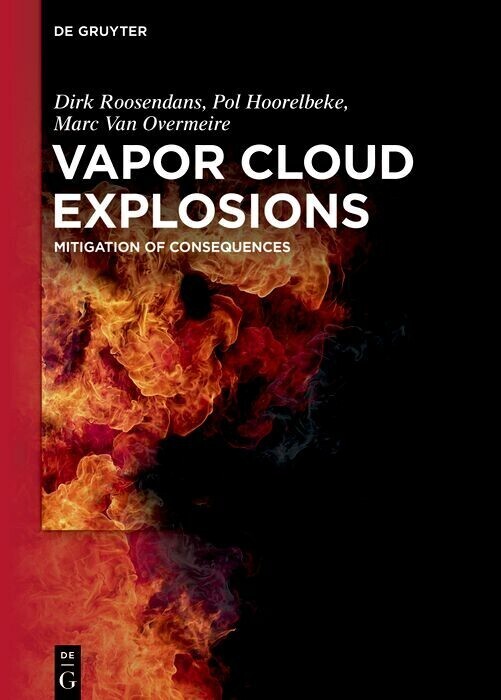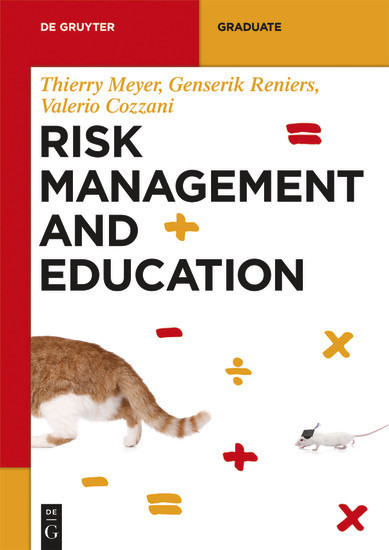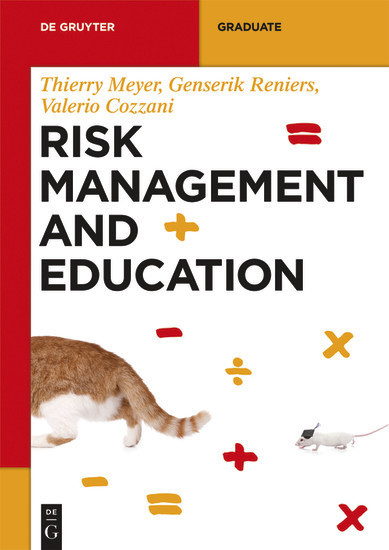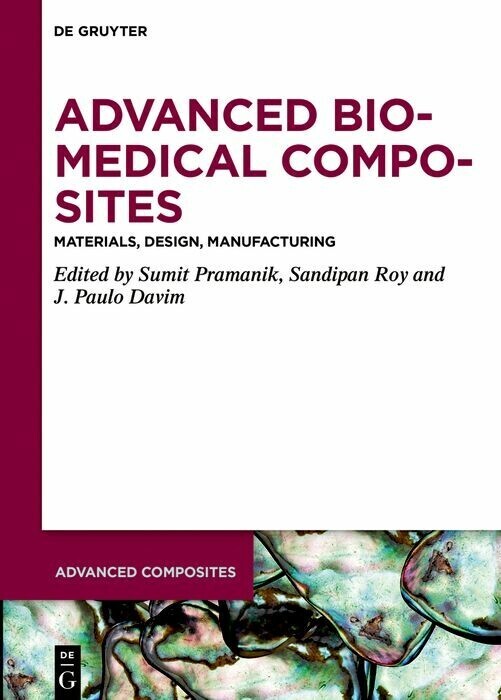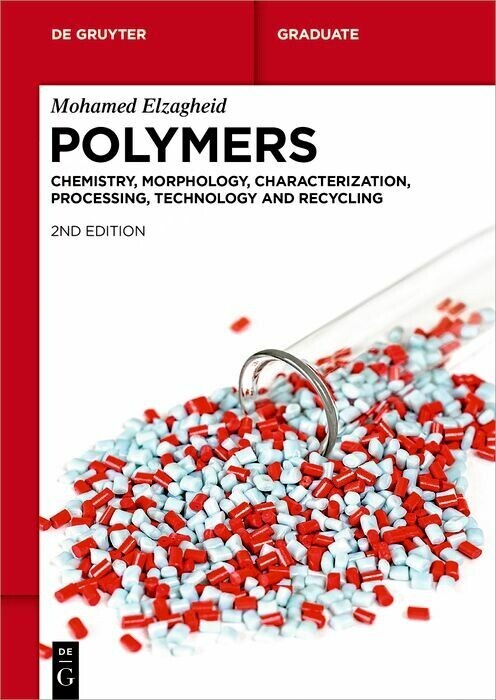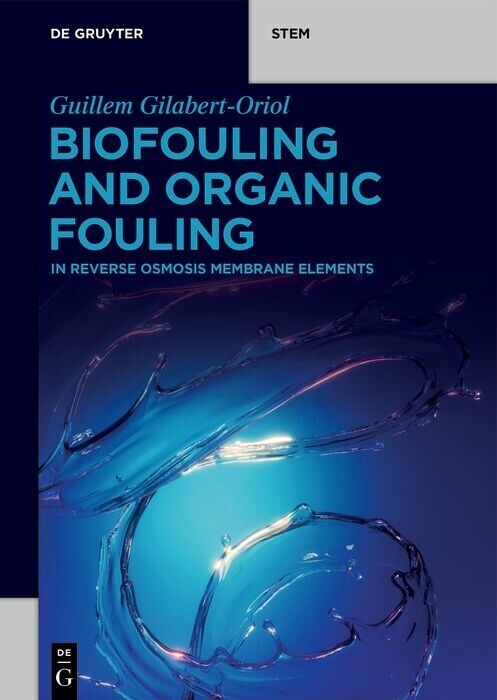Engineering Risk Management
The book presents the engineering aspects of risk management. The introduction to potential risks is followed by management principles, risk diagnostic, analysis and treatment followed by examples of practical implementation in chemistry, physics and emerging technologies such as nanoparticles; financial and insurance domains are not covered. The book is aimed at students as well as at engineers or scientists faced with these issues in their day-to-day business.
1;1 Risk management is not only a matter of financial risk;13 1.1;References;18 2;2 Introduction to engineering and managing risks;19 2.1;2.1 Managing risks and uncertainties - an introduction;19 2.2;2.2 The complexity of risks and uncertainties;22 2.3;2.3 Hazards and risks;26 2.4;2.4 Simplified interpretation of (negative) risk;28 2.5;2.5 Hazard and risk mapping;31 2.6;2.6 Risk perception and risk attitude;33 2.7;2.7 ERM - main steps;35 2.8;2.8 Objectives and importance of ERM;41 2.9;2.9 Conclusions;42 2.10;References;42 3;3 Risk management principles;45 3.1;3.1 Introduction to risk management;45 3.2;3.2 Integrated risk management;47 3.3;3.3 Risk management models;49 3.3.1;3.3.1 Model of the accident pyramid;49 3.3.2;3.3.2 The P2T model;50 3.3.3;3.3.3 The Swiss cheese model and the domino theory;51 3.4;3.4 The anatomy of an accident: SIFs and SILs;53 3.5;3.5 Individual risk, societal risk, physical description of risk;60 3.5.1;3.5.1 Individual risk;60 3.5.2;3.5.2 Societal risk;61 3.5.3;3.5.3 Physical description of risk;64 3.5.3.1;3.5.3.1 Static model of an accident;66 3.5.3.2;3.5.3.2 Dynamic model of an accident;66 3.6;3.6 Safety culture and safety climate;68 3.6.1;3.6.1 Organizational culture and climate;68 3.6.2;3.6.2 Safety culture models;69 3.6.3;3.6.3 The P2T model revisited and applied to safety and security culture and climate;72 3.7;3.7 Strategic management concerning risks and continuous improvement;74 3.8;3.8 The IDEAL S&S model;75 3.8.1;3.8.1 Performance indicators;81 3.9;3.9 Continuous improvement of organizational culture;85 3.10;3.10 High reliability organizations and systemic risks;87 3.10.1;3.10.1 Systems thinking;87 3.10.1.1;3.10.1.1 Reaction time or retardant effect;87 3.10.1.2;3.10.1.2 Law of communicating vessels;87 3.10.1.3;3.10.1.3 Non-linear causalities;88 3.10.1.4;3.10.1.4 Long-term vision;88 3.10.1.5;3.10.1.5 Systems thinking conclusions;88 3.10.2;3.10.2 Normal accident theory (NAT) and high reliability theory (HRT);88 3.10.3;3.10.3 High reliability organization (HRO) principles;91 3.10.3.1;3.10.3.1 HRO principle 1: targeted at disturbances;91 3.10.3.2;3.10.3.2 HRO principle 2: reluctant for simplification;91 3.10.3.3;3.10.3.3 HRO principle 3: sensitive towards implementation;92 3.10.3.4;3.10.3.4 HRO principle 4: devoted to resiliency;92 3.10.3.5;3.10.3.5 HRO principle 5: respectful for expertise;92 3.10.4;3.10.4 Risk and reliability;93 3.11;3.11 Accident reporting;94 3.12;3.12 Conclusions;95 3.13;References;96 4;4 Risk diagnostic and analysis;99 4.1;4.1 Introduction to risk assessment techniques;99 4.1.1;4.1.1 Inductive and deductive approaches;100 4.1.2;4.1.2 General methods for risk analysis;101 4.1.3;4.1.3 General procedure;106 4.1.4;4.1.4 General process for all analysis techniques;108 4.2;4.2 SWOT;110 4.3;4.3 Preliminary hazard analysis;113 4.4;4.4 Checklis;115 4.4.1;4.4.1 Methodology;115 4.4.2;4.4.2 Example;116 4.4.2.1;4.4.2.1 Step 1a: Critical difference, effect of energies failures;116 4.4.2.2;4.4.2.2 Step 1b: Critical difference, deviation from the operating procedure;117 4.4.2.3;4.4.2.3 Step 2: Establish the risk catalogue;117 4.4.2.4;4.4.2.4 Step 3: risk mitigation;118 4.4.3;4.4.3 Conclusion;118 4.5;4.5 HAZOP;119 4.5.1;4.5.1 HAZOP inputs and outputs;120 4.5.2;4.5.2 HAZOP process;120 4.5.3;4.5.3 Example;123 4.5.4;4.5.4 Conclusions;124 4.6;4.6 FMECA;126 4.6.1;4.6.1 FMECA inputs and outputs;127 4.6.2;4.6.2 FMECA process;127 4.6.3;4.6.2.1 Step 1: Elaboration of the hierarchical model, functional analysis;128 4.6.4;4.6.2.2 Step 2: Failure mode determination;129 4.6.5;4.6.2.3 Step 3: The criticality determination;131 4.6.6;4.6.3 Example;131 4.6.7;4.6.4 Conclusions;134 4.7;4.7 Fault tree analysis and event tree analysis;135 4.7.1;4.7.1 Fault tree analysis;135 4.7.2;4.7.2 Event tree analysis;138 4.7.3;4.7.3 Cause-consequence-analysis (CCA): a combination of FTA and ETA;139 4.8;4.8 The risk matrix;142 4.9;4.9 Quantitative risk assessment (QRA);147 4.10;4.10 Layer of protection analysis;150 4.11;4.
Meyer, Thierry
Reniers, Genserik L. L.
| ISBN | 9783110285161 |
|---|---|
| Artikelnummer | 9783110285161 |
| Medientyp | E-Book - PDF |
| Copyrightjahr | 2013 |
| Verlag | Walter de Gruyter GmbH & Co.KG |
| Umfang | 296 Seiten |
| Sprache | Englisch |
| Kopierschutz | Digitales Wasserzeichen |

